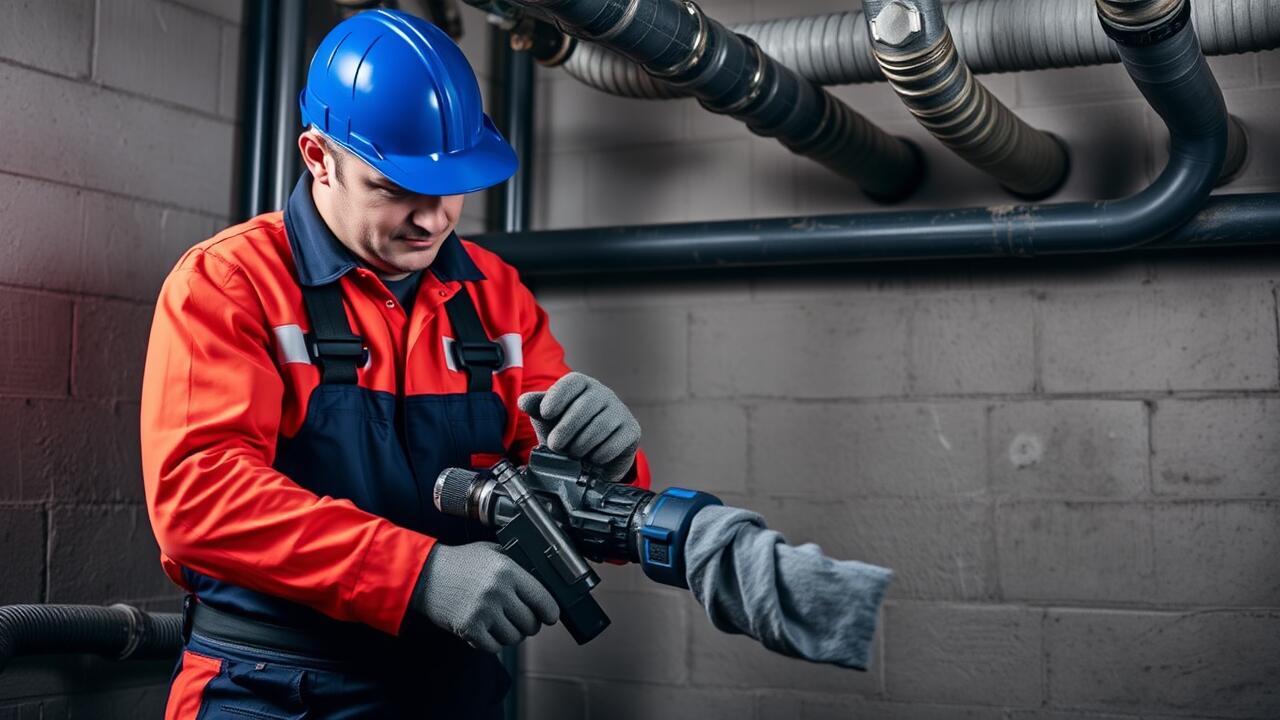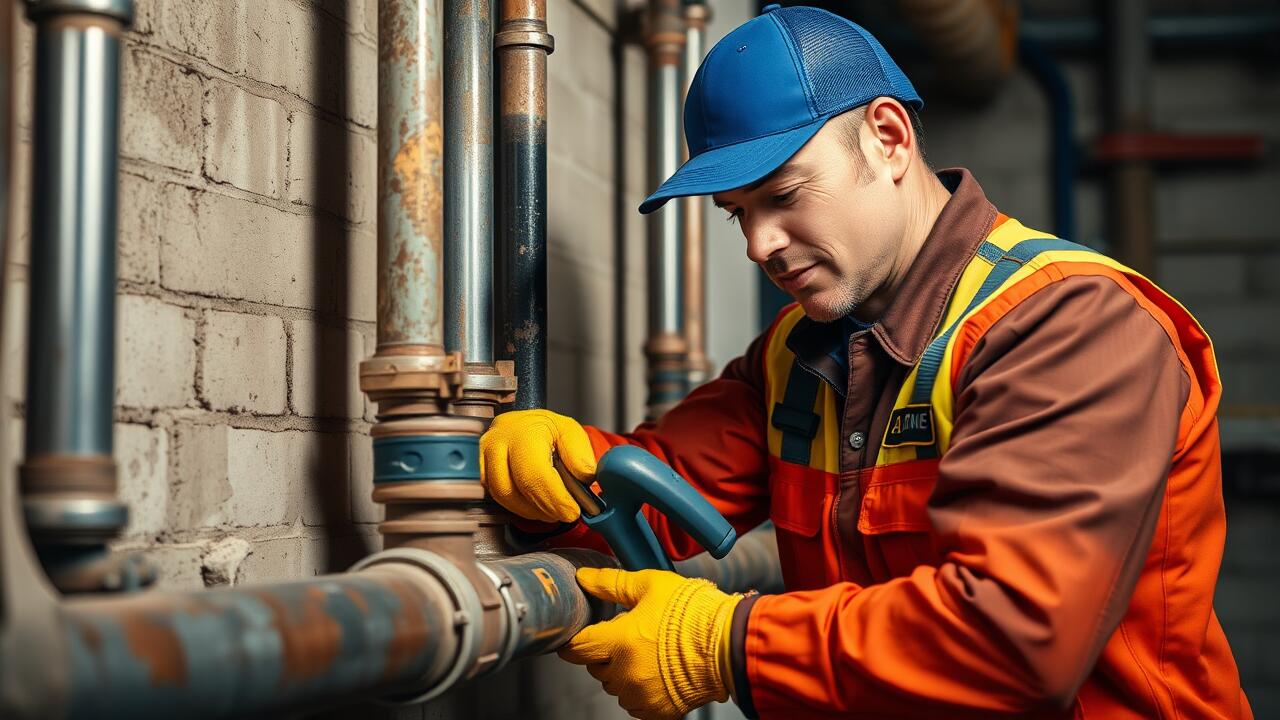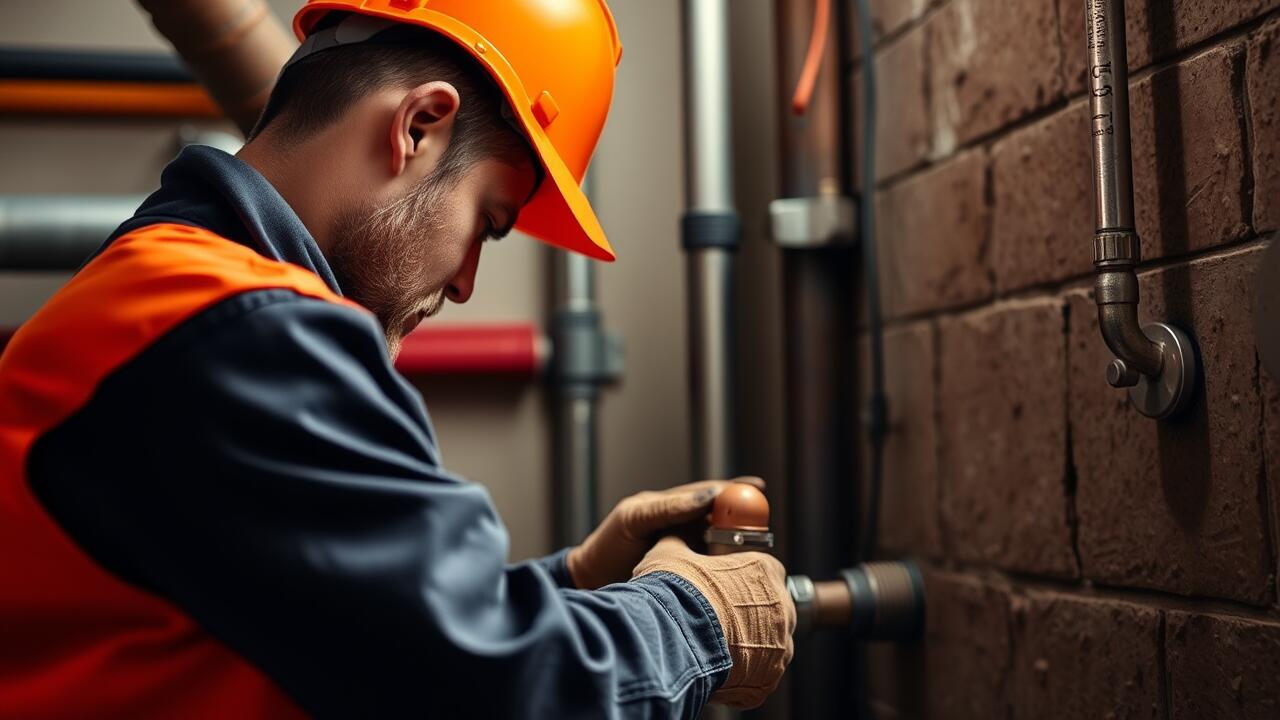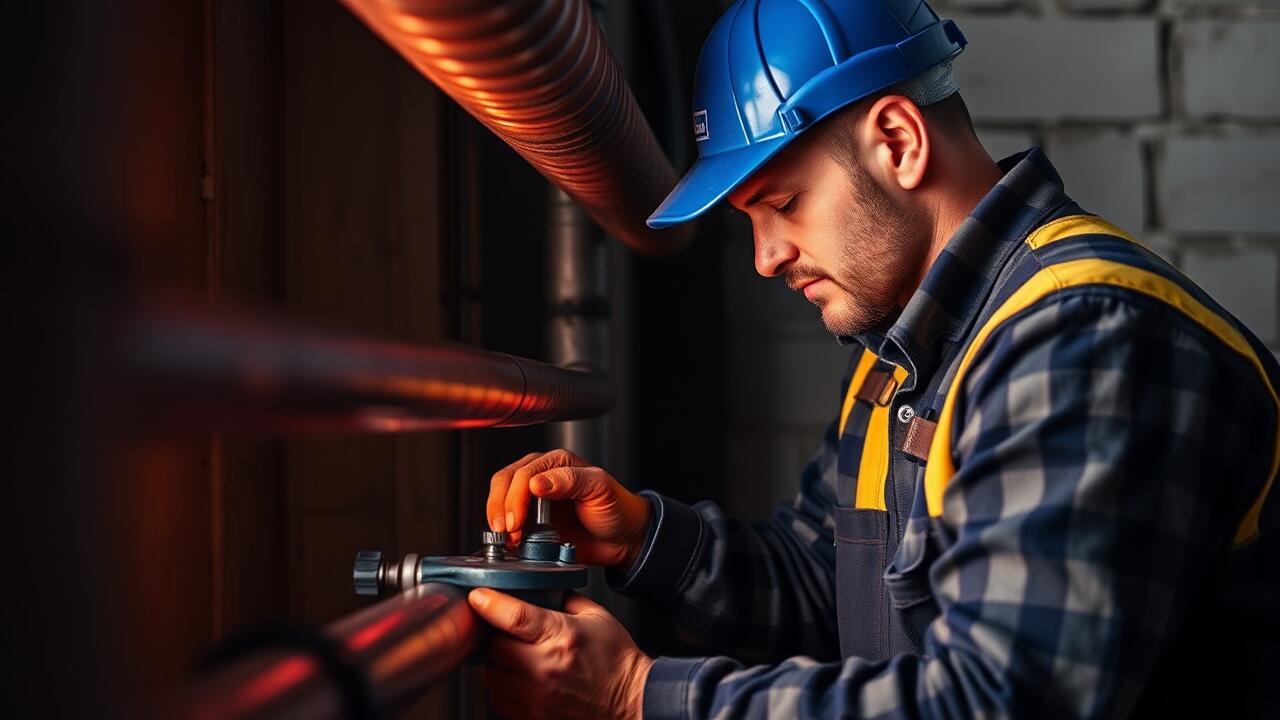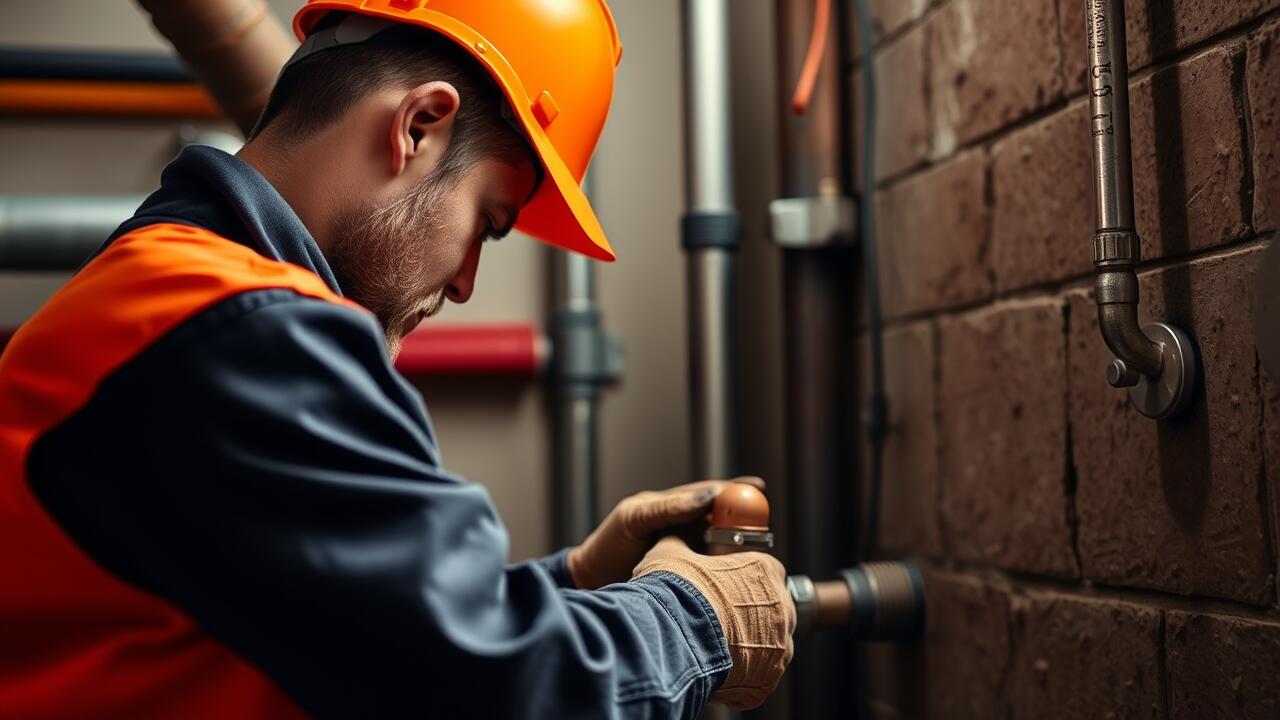
Common Applications
Pipe relining is increasingly utilized for various plumbing issues, particularly in residential and commercial properties. This technique is commonly applied in situations where traditional excavation methods would be disruptive or costly. Many property owners turn to pipe relining as a solution for deteriorating, leaking, or clogged pipes. It effectively extends the lifespan of existing infrastructure without the need for extensive digging.
Homeowners facing slow drainage or recurrent blockages often seek services when searching for "Pipe repair near me." This method is particularly advantageous in locations with dense landscaping or established hardscapes, where digging could damage property aesthetics and structures. By addressing the problem internally, pipe relining minimizes the risks associated with conventional repair methods while providing a long-lasting solution.
Where is Pipe Relining Typically Used?
Pipe relining is commonly utilized in both residential and commercial properties where traditional excavation methods may be impractical or costly. Services focused on pipe repair near me often address issues in older plumbing systems, particularly in areas where tree roots have infiltrated sewer lines or where corrosion has weakened pipes. This method is especially beneficial in urban settings, where space is limited and digging up the ground could disrupt structures and landscaping.
Additionally, pipe relining is effective in various applications, including residential sewer systems, stormwater drainage, and industrial pipelines. Facilities that experience regular wear and tear on their piping often resort to this solution to prolong the life of their infrastructure. By minimizing the need for extensive digging, property owners can enjoy reduced downtime and disruption, making pipe relining an ideal option for many different environments.
Signs You May Need Pipe Relining
Homeowners often face a variety of signs indicating potential pipe damage, making the need for pipe relining a necessity. Frequent clogs or slow drains can suggest buildup within the pipes, while unusual odors emanating from fixtures may indicate leaks or sewage problems. Water stains on walls or ceilings can also point to underlying plumbing issues requiring immediate attention. These signs often prompt searches for solutions, with many people looking for "pipe repair near me" to find local professionals equipped to handle such problems.
Another critical indicator is recurring sewage backups that can lead to costly water damage and health risks. Gurgling sounds in the pipes or fluctuating water levels in toilet bowls can also hint at more serious issues that may necessitate relining. Monitoring these signs closely can save homeowners from extensive repairs and inconvenience. When these symptoms arise, it's wise to consult with a plumbing expert who can recommend the best course of action, often leading to phrases like "pipe repair near me" being searched for urgent assistance.
Indicators of Pipe Damage and Needed Repair
Several indicators can suggest that your plumbing system may require attention. Frequent clogs signal the presence of underlying issues, while slow drainage can point to buildup or damage within the pipes. Homeowners might also notice unusual odors, which could indicate trapped sewage or decaying materials. Visible leaks and water stains on walls or ceilings serve as clear signs of potential pipe failure. If you suspect such problems, searching for "pipe repair near me" can help find local professionals who can assess the situation.
Monitoring the condition of your plumbing can prevent more extensive damage down the line. Sounds like gurgling noises emanating from drains often indicate blockages or issues within the system. Additionally, fluctuations in water pressure can be a warning sign of pipe wear or structural problems. If you experience any of these symptoms, reaching out for "pipe repair near me" can connect you with qualified technicians to evaluate your pipes and suggest the necessary repairs.
The Process of Pipe Relining
The process of pipe relining begins with a thorough inspection of the existing pipes using video technology. This step allows professionals to identify any blockages, cracks, or structural issues within the pipeline. Once the inspection is complete, a specialized epoxy resin is prepared for installation. This resin is key to creating a new, durable lining within the existing pipe, thus avoiding the need for traditional excavation methods.
Next, the resin is introduced into the damaged pipe through a series of carefully calculated steps. The resin gets evenly distributed and then inflated against the walls of the existing pipe, creating a tight seal. As the resin cures, it forms a new pipe within the old one, restoring functionality without significant disruption to the surrounding area. Homeowners seeking efficient solutions often search for "pipe repair near me" to find local professionals experienced in this innovative method.
Step-by-Step Overview of Installation
The installation of pipe relining involves several key steps to ensure a successful repair. Initially, a thorough inspection of the existing pipe system is conducted using specialized cameras. This allows technicians to identify the extent of damage and any blockages that may be present. After this evaluation, the area around the pipe is prepared. This often involves cleaning the pipe to remove debris, tree roots, or any buildup that may hinder the relining process.
Once the pipe preparation is complete, an inflatable liner coated with a resin is inserted into the damaged pipe. The liner is then inflated, pressing it against the pipe walls to create a strong seal. After a specified curing time, the liner hardens, forming a new pipe within the old one. Homeowners looking for effective solutions might consider searching for "pipe repair near me" to find local professionals who specialize in this innovative technique.
FAQS
What is pipe relining?
Pipe relining is a method of repairing damaged or degraded pipes by inserting a new lining inside the existing pipe, effectively creating a new, durable pipe without the need for extensive excavation.
How long does pipe relining last?
Pipe relining can last 50 years or more, depending on the materials used and the environmental conditions, making it a long-term solution for pipe repair.
Is pipe relining more cost-effective than traditional pipe replacement?
Yes, pipe relining is often more cost-effective than traditional pipe replacement because it requires less labor and avoids the need for extensive excavation, reducing overall costs.
Can all types of pipes be relined?
Most types of pipes, including clay, PVC, and concrete, can be relined; however, the suitability of pipe relining may depend on the extent of damage and the specific conditions of your plumbing system.
How can I tell if I need pipe relining?
Signs that you may need pipe relining include frequent clogs, slow drainage, sewage odors, visible leaks, or unusual sounds in your plumbing system. If you notice these signs, it’s advisable to consult a professional.
